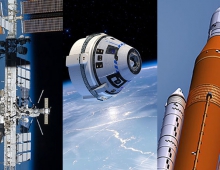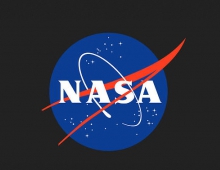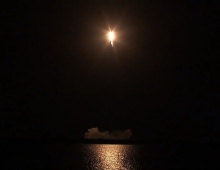
NASA Says Boeing Starliner Spacecraft Could Have Been Lost Because of Major Problems
Two “critical software defects” could have proved disastrous for the test flight of the Boeing Starliner spaceship in December, NASA said on Friday.
NASA and Boeing on Friday hosted a media teleconference on Fridayto discuss the status of the joint independent review team investigation into the primary issues detected during the company’s uncrewed Orbital Flight Test in December as part of NASA’s Commercial Crew Program.
According to NASA's report for the test mission, “breakdowns” in the design phase led to the company missing the problems “despite their detectability.”
The errors “could have led to risk of spacecraft loss,” the agency said, though engineers were able to compensate during the test flight and return the vehicle back to Earth undamaged.
NASA's Starliner report adds pressure on Boeing as it tries to show te agency it can fly people safely into space. The aerospace giant is one of two contractors, along with Elon Musk’s Space Exploration Technologies Corp., hired by NASA develop new orbital vehicles to ferry astronauts back and forth from the International Space Station. Russia’s Soyuz spacecraft have been the sole crew transport since the Space Shuttle was retired in 2011.
Earlier this week, a NASA safety panel disclosed the second software glitch, which wasn’t discovered until hours before the CST-100 Starliner’s descent and landing Dec. 22 in New Mexico.
The review panel’s findings are “invaluable to the Commercial Crew Program and we will work with NASA to comprehensively apply their recommendations,” Boeing said in a statement. “We are already working on many of the recommended fixes including re-verifying flight software code.”
The Starliner faced a problem with its mission timing software shortly after reaching space on Dec. 20, with the craft showing an elapsed flight time 11 hours different from the actual mission time. That caused it to fire multiple thrusters too early, burning too much propellant to allow for the craft to continue its flight to the space station and forcing its return after about 48 hours.
The second flaw involved a “valve mapping software issue,” which Boeing said was also diagnosed and fixed in flight. “That error in the software would have resulted in an incorrect thruster separation and disposal burn,” Boeing said.
NASA's teams are also investigating a problem with data linking between the Starliner and U.S. satellites during the flight. The signal loss prevented flight controllers from communicating with the vehicle during the early part of its ascent to orbit.
NASA will decide whether a second Starliner uncrewed test flight will be required before it allow astronauts to fly on the craft. The cost of a new test fly is $410 million and will be covered by Boeing.





















